Guatemala is a diverse and beautiful country filled with unique plants. There are over 100 native trees and shrubs in Guatemala, as well as non-native species. Guatemala is an important Central American country that borders Mexico, Belize, Honduras, and El Salvador. This stunning country offers visitors amazing volcanic heights, beautiful mountains, and relaxing beaches.
Not only are there stunning places to visit in Guatemala, but plants and trees to admire. Don’t believe us? The name “Guatemala” comes from the Nahuatl word Cuauhtēmallān, which translates to “land of many trees” or “place of many trees.”
While there are hundreds, we are only going to touch on a few in this article. Follow along to learn more about 11 stunning trees native to Guatemala.
1. The Guatemalan Fir (Abies guatemalensis)
The Guatemalan fir, also known as pinabete, is a beautiful evergreen tree native to Central America. You can find this tree from southern Mexico to Honduras and El Salvador. Sadly, this tree is considered threatened because of logging and loss of habitat. Although now it’s considered threatened, it was common up until the 1940s. The Guatemalan fir is about 65 feet to 114 feet tall. While you can find this tree in Guatemala, it’s more abundant in Honduras. This tree is not frost tolerant and thrives best in mountains and mixed cloud forests.

Pinabete trees are native to Guatemala but are sadly considered threatened.
©Felix Mul/Shutterstock.com
2. Chucum (Havardia albicans)
The chucum tree, also known as the cuisache, is a tree in the family of Fabaceae. It typically reaches up to 16 feet and has cascading green leaves. This tree also produces large seed brown seed pods. The chucum tree is native to Central America, Mexico, and the Caribbean. It’s especially common in regions around the Yucatan Peninsula.
3. Central American Walnut (Juglans olanchana)
The Central American walnut tree is another tree native to Guatemala, and also El Salvador, Honduras, Mexico, Costa Rica, and Nicaragua. It’s in the Juglandaceae family and can grow up to 131 feet. It’s about 4 to 5 feet wide and produces many narrow 15 to 20-inch leaves. The leaves are darker on the top than on the bottom. These trees thrive in very wet tropical forests. You can find them on river banks. Currently, this tree species is listed as endangered. The tree also has many uses. The nuts are edible and the wood is durable and hard, perfect for light construction, musical instruments, and luxurious furniture.
4. White Sapote/Mexican Apple (Casimiroa edulis)
White sapote trees are fruit trees native to eastern Mexico and Central America as south as Costa Rica. In the Nahuatl language, the tree is called cochitzapotl. White sapote trees measure between 16 to 52 feet tall. The leaves have three to five leaflets. The fruit produced from the tree is edible but has inedible skin yellow when ripe. The inside of the fruit is a peach or cream color that varies. Interestingly, the texture is similar to a creamy ripe avocado.
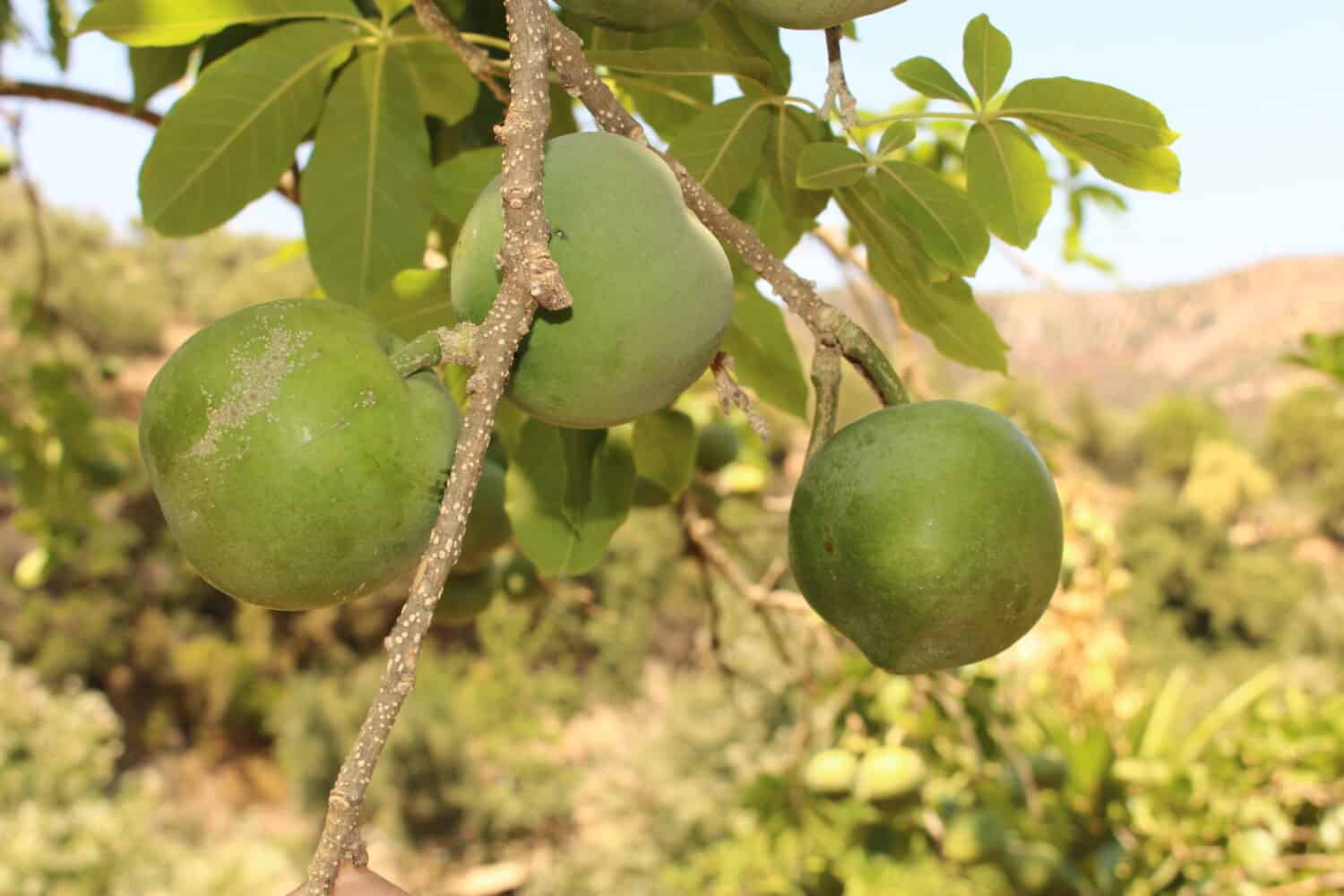
White sapote trees are about 16 to 52 feet tall.
©RukiMedia/Shutterstock.com
5. Mexican Elm (Ulmus mexicana)
The Mexican elm is a large tree native to Mexico and Central America. This tree can reach up to 276 feet and stretch about 8 feet. Mexican elm trees have deeply fluted grey trunks and dense and thick foliage that casts a dark shadow. The leaves are bright green and glossy with dull undersides. Mexican elm flowers are green and yellow and wind-pollinated.
6. Bonpland Willow (Salix bonplandiana)
Another tree native to Guatemala is the bonpland willow tree. It’s native to southern and southwest Mexico and as far as western Guatemala. It’s a beautiful and vibrant evergreen tree sometimes planted in gardens and public spaces. A smaller cultivated form is abundant near Mexico City. It grows up to 40 feet and is wide and bush-like. The flowers are white, yellow, and green. The native habitat of the bonpland willow is along streams in the mountains.
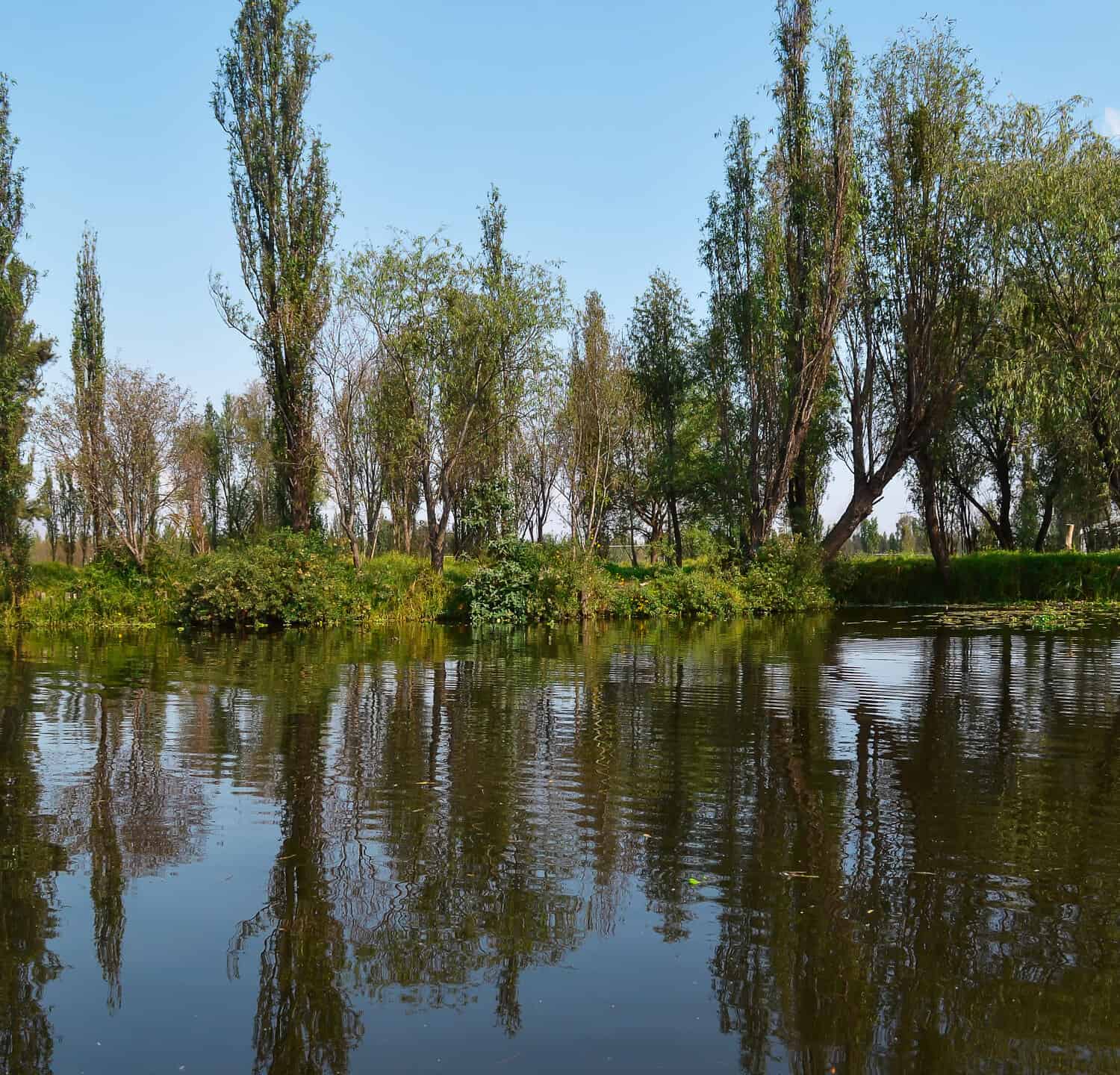
Bonpland willow trees are native to western Guatemala and are very abundant near Mexico City.
©Faviel_Raven/Shutterstock.com
7. Velvet Tree (Miconia calvescens)
The velvet tree, also known as the bush currant, is a flowering plant in the family Melastomataceae. It is a very invasive species, especially in Hawaii, however, it’s native to Mexico and Central and South America. These trees are very resistant and hardy. They flower multiple times a year and bear fruit, spreading quickly. The flowers are white to light pink and produce tiny purple fruits packed with hundreds of tiny seeds. Interestingly, the seeds can remain dormant for up to 12 years. And one tree with just two flowers can produce over 200,000 seeds in its first fruiting season. Velvet trees are about 49 feet tall. They have large 3-foot vibrant leaves.

Velvet trees are very invasive. Their seeds can stay dormant for up to 12 years.
©cineG/Shutterstock.com
8. Guaracabuya/Guatapana (Libidibia coriaria)
Guaracabuya trees are large shrubs native to the Caribbean, Central America, Mexico, and northern and western South America. Other names for this tree include nacascol, tan yong, divi-divi, and watapana. Typically the tree grows in coastal sites and is affected by trade winds. While the tree can reach 30 feet tall, it rarely does. The trees produce a 2-inch twisted pod as fruit. Although this tree is old with a long history, it wasn’t first described until 1763 by Nikolaus Joseph von Jacquin. The tree is rarely for wood but for the pods. The pods are important for the tanning industry since they provide tannin and a black dye.
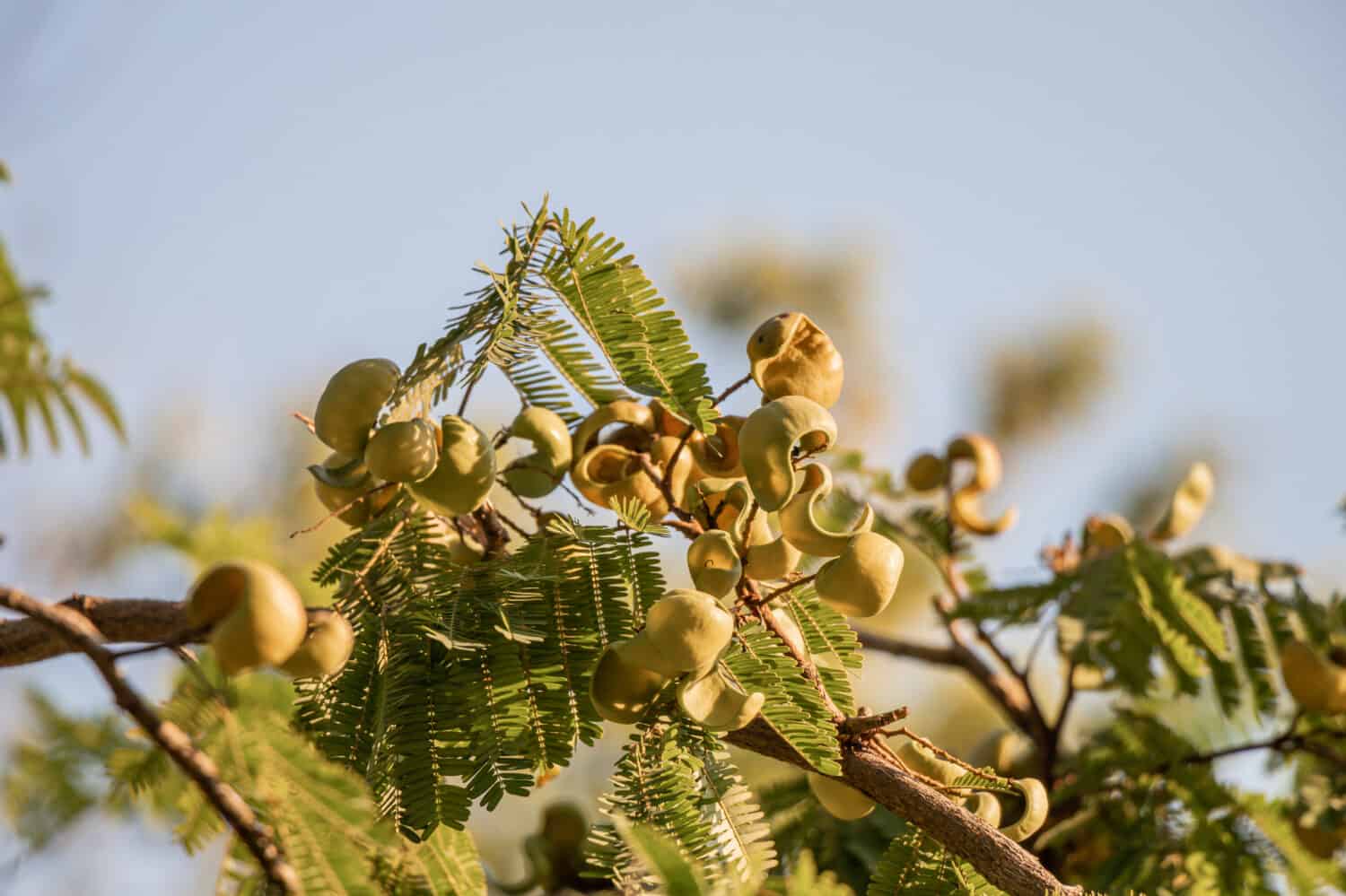
Guaracabuya trees have twisted pods as fruits used in the tanning industry.
©Alohapatty/Shutterstock.com
9. Mexican Yellow Pine (Pinus oocarpa)
Another tree native to Guatemala is the Mexican yellow pine, which goes by many names. It’s also referred to as ocote chino, hazelnut pine, pino amarillo, pino avellano, egg-cone pine, and ocote. While this tree is abundant in Guatemala, it’s also Honduras’ national tree. It’s also found in Mexico, Nicaragua, and El Salvador. This tree grows best in temperatures of 59 to 75 °F with 39 to 75-inch rainfall. The tree’s preferred elevation is between 3,000 to 7,900 feet. For the paper industry, this tree species has been introduced to other countries like Brazil, South Africa, Kenya, Zambia, Colombia, Ecuador, and Bolivia.
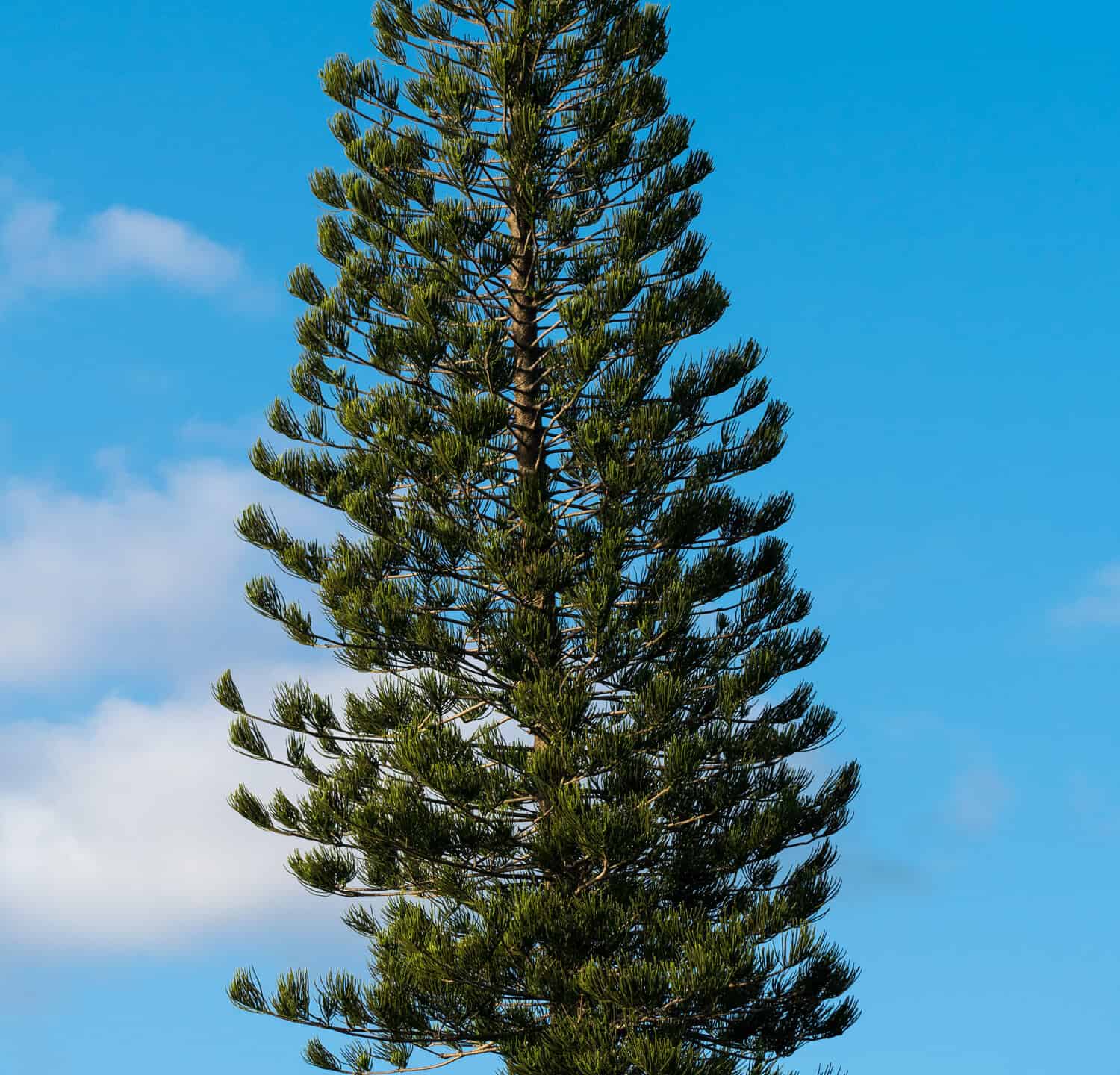
The Mexican yellow pine is a common tree in Guatemala and the national tree of Honduras.
©LesPalenik/Shutterstock.com
10. Hicatee Fig (Ficus maxima)
The hicatee fig tree, also known as maja, amate, white fig, and caxinguba, is a fig tree native to the Caribbean, South America, Mexico, and Central America. This tree can reach between 16 to 98 feet tall. No two leaves are exactly alike some are narrow while others are ovular. Fig trees are important to the environment, this species may be a keystone species for communities of fruit-eating animals when food is scarce. The birds and mammals that eat the fruit also spread the seeds. The hicatee fig tree has many uses depending on the region. For instance, it’s used to treat snakebite wounds by the Lacandon Maya.

The hicatee fig tree is also known as maja, amate, white fig, and caxinguba.
©Arkadij Schell/Shutterstock.com
11. The Caribbean Pine (Pinus caribaea)
Last but not least, we have the Caribbean pine which is native to Central America and the northern West Indies. It’s common throughout the Bahamas, the Turks and Caicos Islands, and Cuba. This pine species lives in tropical and subtropical coniferous forests. There are three varieties of the Caribbean pine tree, but only one is commonly found in Guatemala, the Pinus caribaea var. hondurensis. Interestingly, this tree species spreads through wildfires. When mature, the Caribbean pine is fire-resistant.
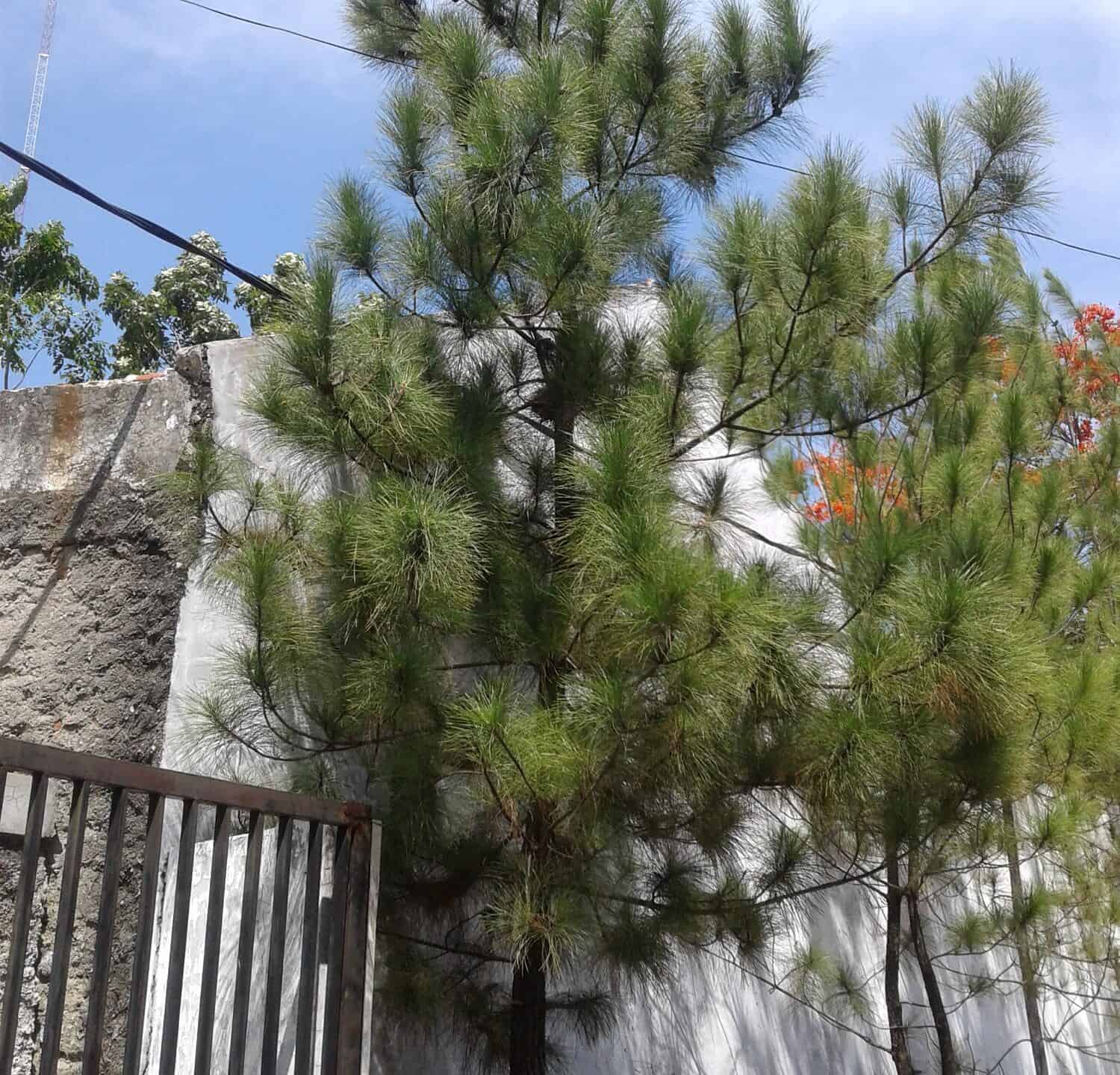
The Caribbean pine is native to Central America and the northern West Indies.
©Mulyasyah/Shutterstock.com
The photo featured at the top of this post is © Jodie Tursunzade/Shutterstock.com
Thank you for reading! Have some feedback for us? Contact the AZ Animals editorial team.






